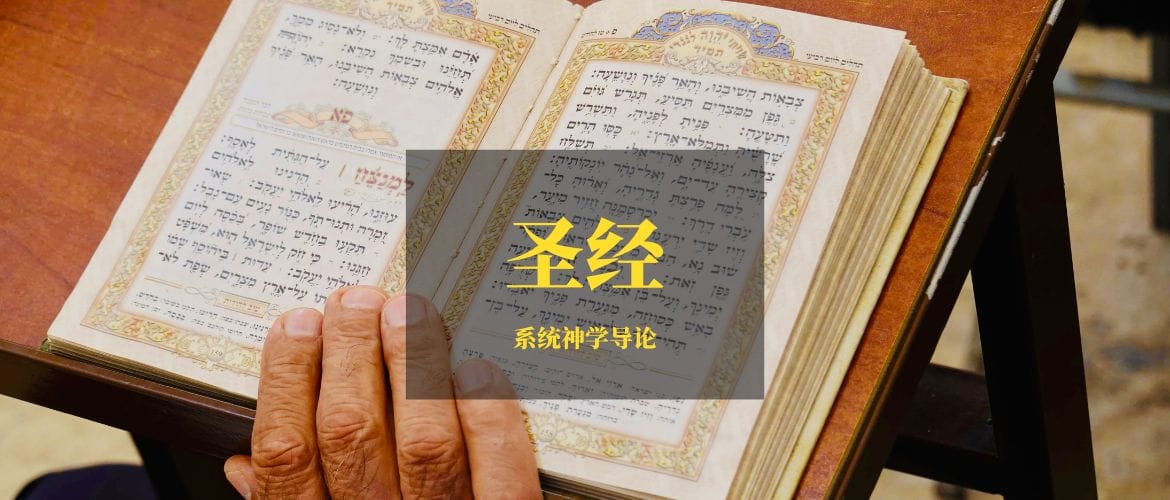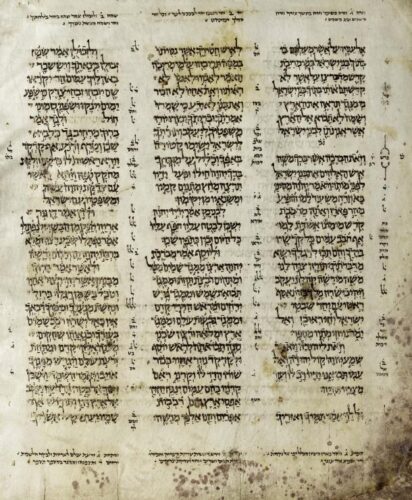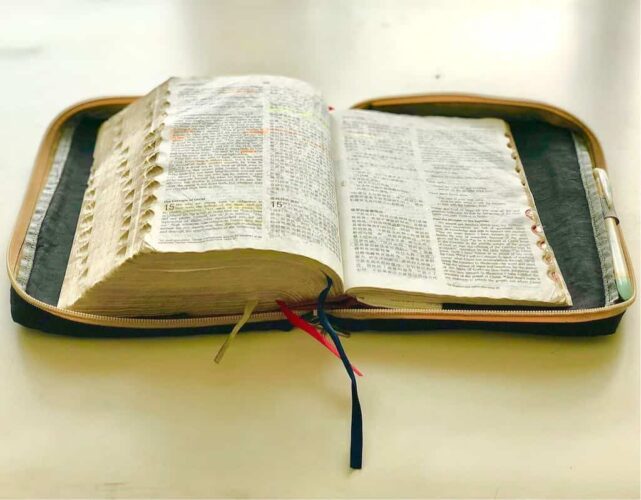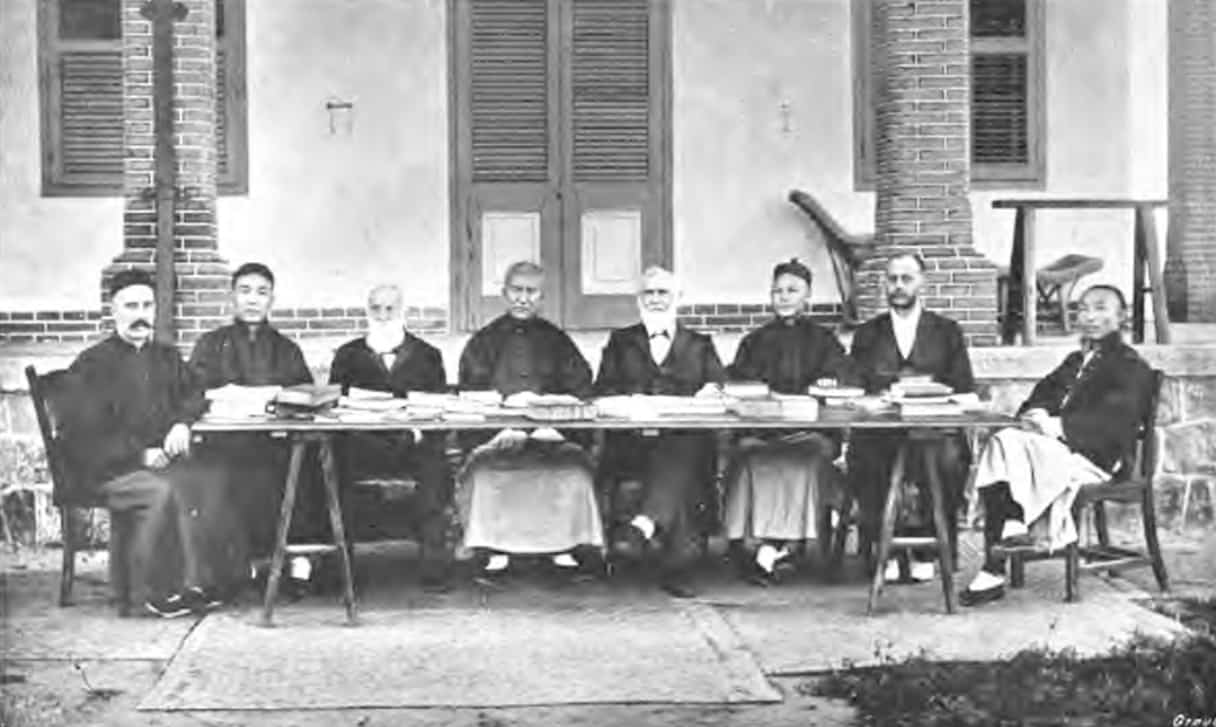
系统神学导论-圣经论
1.圣经是神默示的(inspiration)
2.圣经是无误的(inerrancy)
3.圣经是足够的(sufficiency)
4.圣经是清晰的(clarity)
5.圣经的正典(canon)
6.圣经的大图画(metanarrative)… Read the rest

1.圣经是神默示的(inspiration)
2.圣经是无误的(inerrancy)
3.圣经是足够的(sufficiency)
4.圣经是清晰的(clarity)
5.圣经的正典(canon)
6.圣经的大图画(metanarrative)… Read the rest


八本中文翻译本
圣经原文和翻译本工具:… Read the rest
